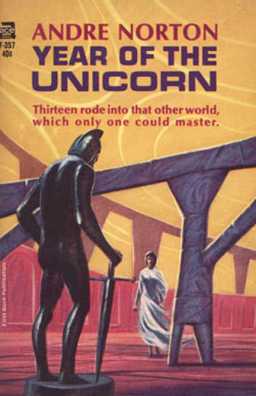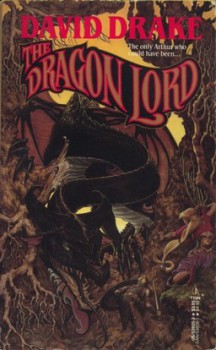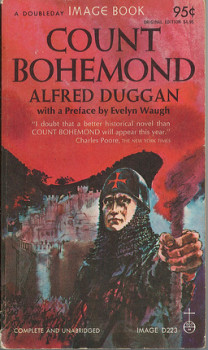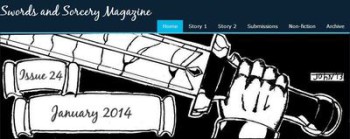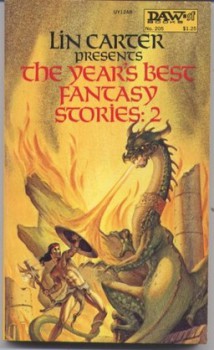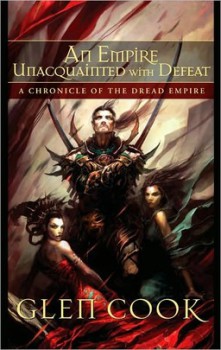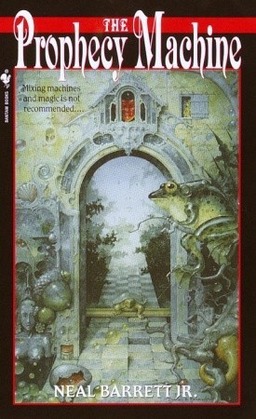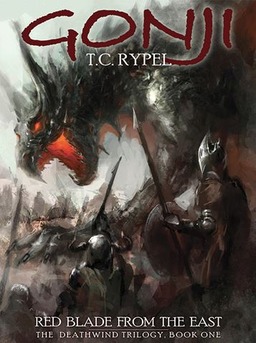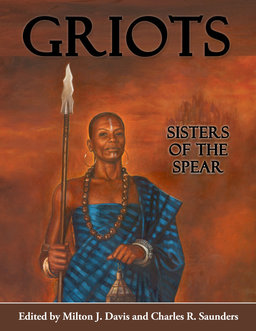Monthly Short Story Roundup – February
So February’s come and gone, a bunch of new stories have been published, and some were very good. With five stories from five different authors, it’d be an exciting month if I loved all of them, but at least there were more hits than misses.
 Let’s start with the February issue of Curtis Ellett’s Swords and Sorcery Magazine. It’s Issue #25 and first of the magazine’s third year of publication. That’s over fifty stories published — fifty new works of heroic fiction out there for free! Lots of writers are getting to see their first published stories — some good, some fair, some poor — out in front of eyeballs and in position to get feedback.
Let’s start with the February issue of Curtis Ellett’s Swords and Sorcery Magazine. It’s Issue #25 and first of the magazine’s third year of publication. That’s over fifty stories published — fifty new works of heroic fiction out there for free! Lots of writers are getting to see their first published stories — some good, some fair, some poor — out in front of eyeballs and in position to get feedback.
Even if I sound like a broken record every month (Dad, what’s a record?), I can’t urge everybody enough to check this and the other web ‘zines out and let the editors and writers know what you think. This is how the genre will continue to grow and evolve. As readers, we can do our part by supporting these magazines and these writers.
Issue #25, is equal bits weak and and strong. First, the weak: “The Wedding Gift” by Neil W. Howell. It’s a story of the moments around the arrivals at the church of a royal bride and a royal groom, told from the perspectives of several different observers. There are the war veterans now serving as guards outside the church. Then there’s the embittered mother of the bride, a disappointed and defeated queen.
They and others weigh in on the events that have led to the wedding, which is really only a plan to end a generation-long war and unite two kingdoms in peace. Into this hopeful moment comes a terror that may or may not be an accident and leads to unforeseen conclusions.
